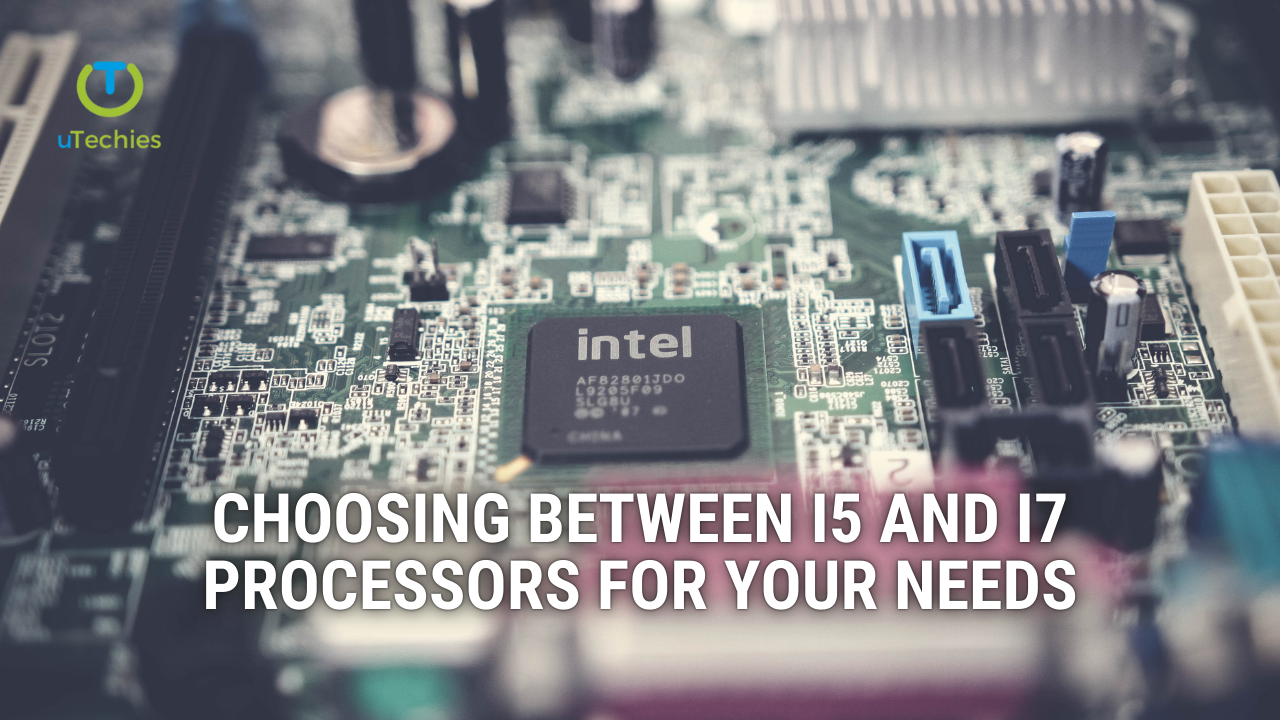Advanced Micro Devices (AMD) is carving out a bold path in the dynamic realms of artificial intelligence (AI) and high-performance computing. By prioritizing innovation, AMD has unveiled a roadmap brimming with groundbreaking chip designs, advanced architectures, and cutting-edge technologies designed to challenge industry leader Nvidia.
AI-Focused Chip Developments
During the recent Computex technology event, AMD CEO Lisa Su highlighted the company’s ambitious move toward annual AI chip launches to stay aligned with market demands. As part of this vision, AMD is set to introduce the MI325X accelerator in late 2024. This chip targets AI data centers, catering to the increasing need for robust computational capabilities in generative AI technologies.
Looking further ahead, AMD plans to roll out the MI350 series in 2025, promising an impressive 35-fold improvement in inference performance over the MI300 series. The company’s commitment doesn’t stop there; the MI400 series, expected in 2026, will feature a groundbreaking architecture, aptly named “Next,” underscoring AMD’s relentless drive to redefine AI hardware innovation.
Breakthroughs in Processor Design
AMD’s latest Ryzen AI chips incorporate a revolutionary Neural Processing Unit (NPU) into their architecture, elevating their suitability for AI workloads. These processors integrate 16 RDNA 3 GPU cores and 12 Zen CPU cores capable of handling 24 threads concurrently. Built on the advanced XDNA 2 framework, this architecture optimizes performance and energy efficiency for AI applications.
The XDNA framework introduces a new approach to AI processing by distributing AI Engine tiles across a single chip, moving away from conventional multi-core designs. This innovation is instrumental in managing the growing complexity of AI models deployed across diverse use cases.
Evolution of the Zen Architecture
AMD’s forthcoming chips will leverage the next-generation Zen 5 architecture, crafted with cutting-edge 4nm and 3nm manufacturing processes. These advancements promise enhanced speed and energy efficiency, benefiting gamers, developers, and content creators alike. The Zen architecture has consistently reinforced AMD’s competitive position against Intel in the x86 processor market.
Products featuring Zen 5, such as the third-generation Ryzen AI processors (codenamed Strix Point) and the fifth-generation EPYC chips, are slated for release by the end of 2024. These innovations are poised to bolster AMD’s foothold in both consumer and enterprise sectors.
Challenging Nvidia’s Dominance
AMD’s strategic roadmap is designed to disrupt Nvidia’s stronghold in the AI semiconductor market, where Nvidia commands around 80% market share. By committing to an annual cadence of AI chip launches, AMD is positioning itself as a viable alternative for businesses seeking diverse solutions. The company projects AI chip sales of approximately $4 billion in 2024, showcasing its growing impact in the sector.
Analysts suggest that AMD’s focused approach could attract enterprises looking for alternatives to Nvidia’s offerings, particularly as AI integration becomes increasingly vital in modern operations.
Conclusion
AMD’s strategic initiatives underscore its dedication to innovation and competitiveness in the fast-paced AI and computing landscape. With annual chip releases, pioneering processor architectures like Zen 5 and XDNA 2, and a strong market focus, AMD is well-equipped to challenge established leaders like Nvidia. These developments are likely to influence the future of computing across multiple industries, from gaming to enterprise applications.






